A short and sweet list of perfect dirty martinis rigorously tested by our team of self-proclaimed experts.
Artist Alex Proba long referred to the swimming pool as “the forgotten canvas.”
.jpg)
Painting a pool mural was in her little book of dream projects, until a homeowner in California gave her the chance to finally do it. Since then, Proba has painted a handful of pools, each just as bold and awe-inspiring as the last. This year, she brought her practice to South Florida and turned it up a notch, realizing her first tiled pool: a one-of-a-kind mosaic for the Fernandez family, created in collaboration with Guadalajara-based ceramic studio Cerámica Suro. Inspired by the colors and textures of local coral reefs, the installation is composed of thousands of handmade tiles designed to shimmer and shift under the water and sun.
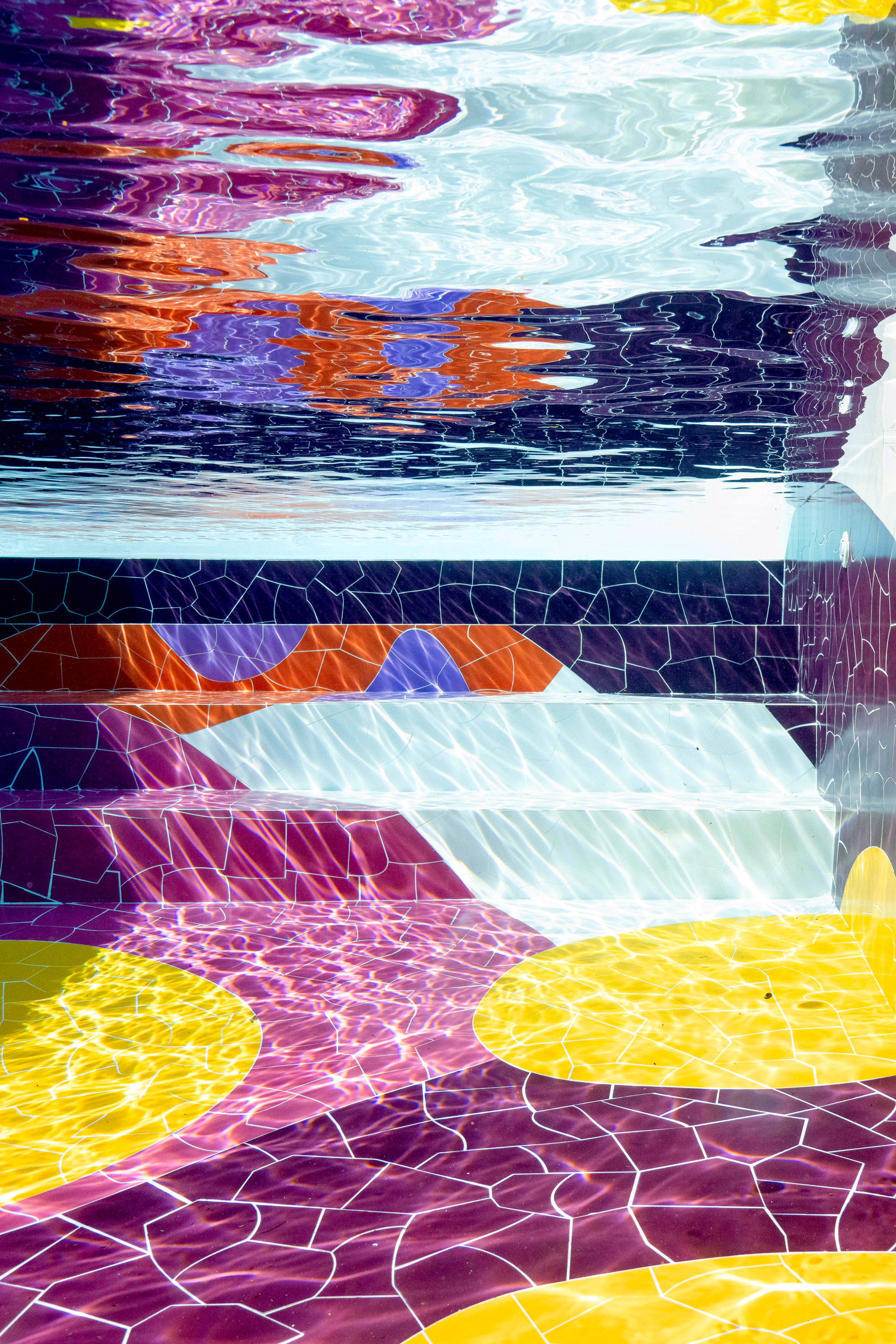
As this mosaic masterpiece sits pretty in a Miami backyard, it brings back glimpses of a time in which pools in Miami were made with a similar artful wonder:

In early 1917, American artist Robert Winthrop Chanler created what was referred to as an immersive, underwater fantasy at the winter-home-turned-museum, Vizcaya. The shell-encrusted grotto featured plaster casts of seashells, coral, and fish whose gilded scales shimmered with the reflection of the pool water.
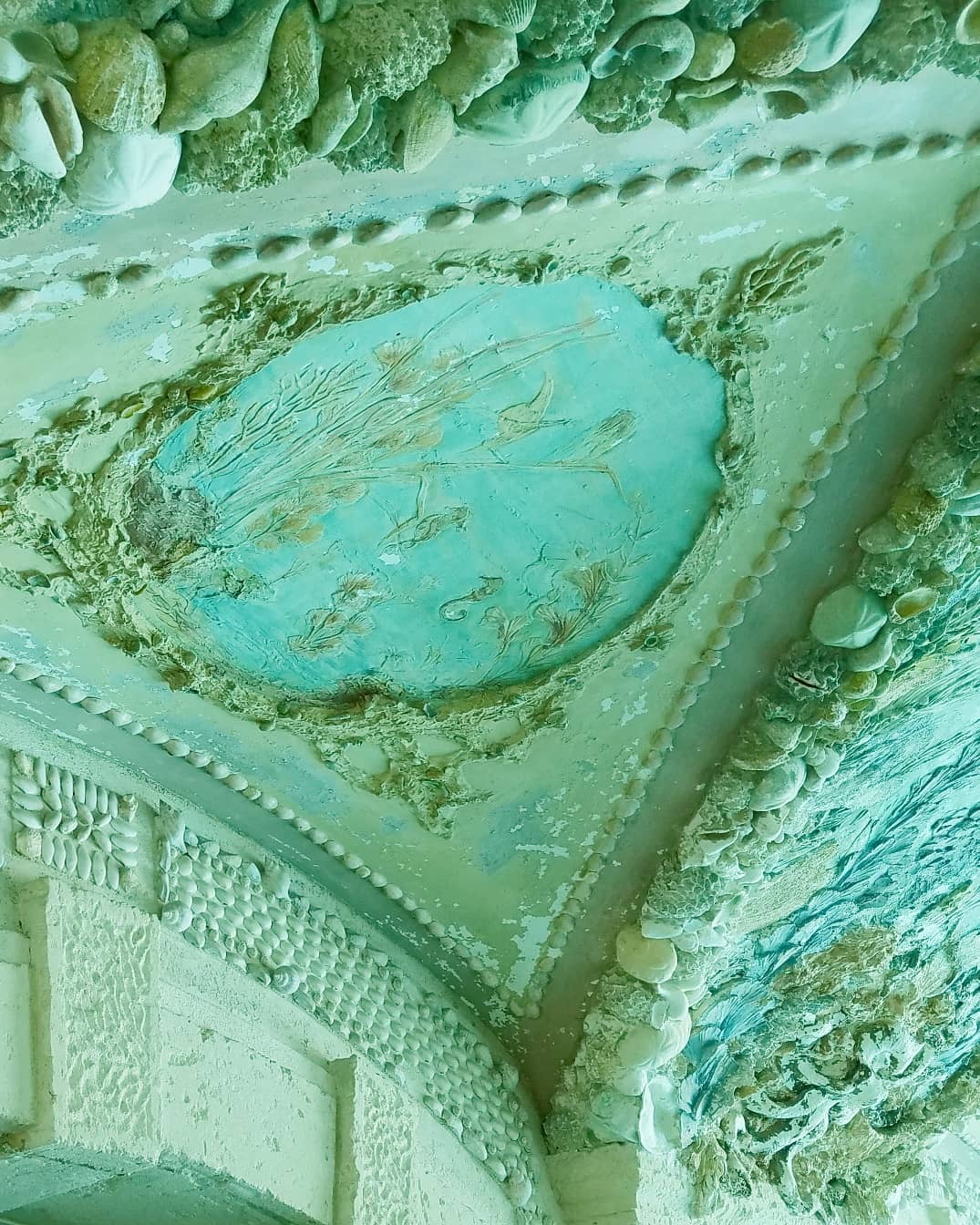
A plaster mural adorned the ceiling while antiques furnished the space in which friends and family of James Deering came together.
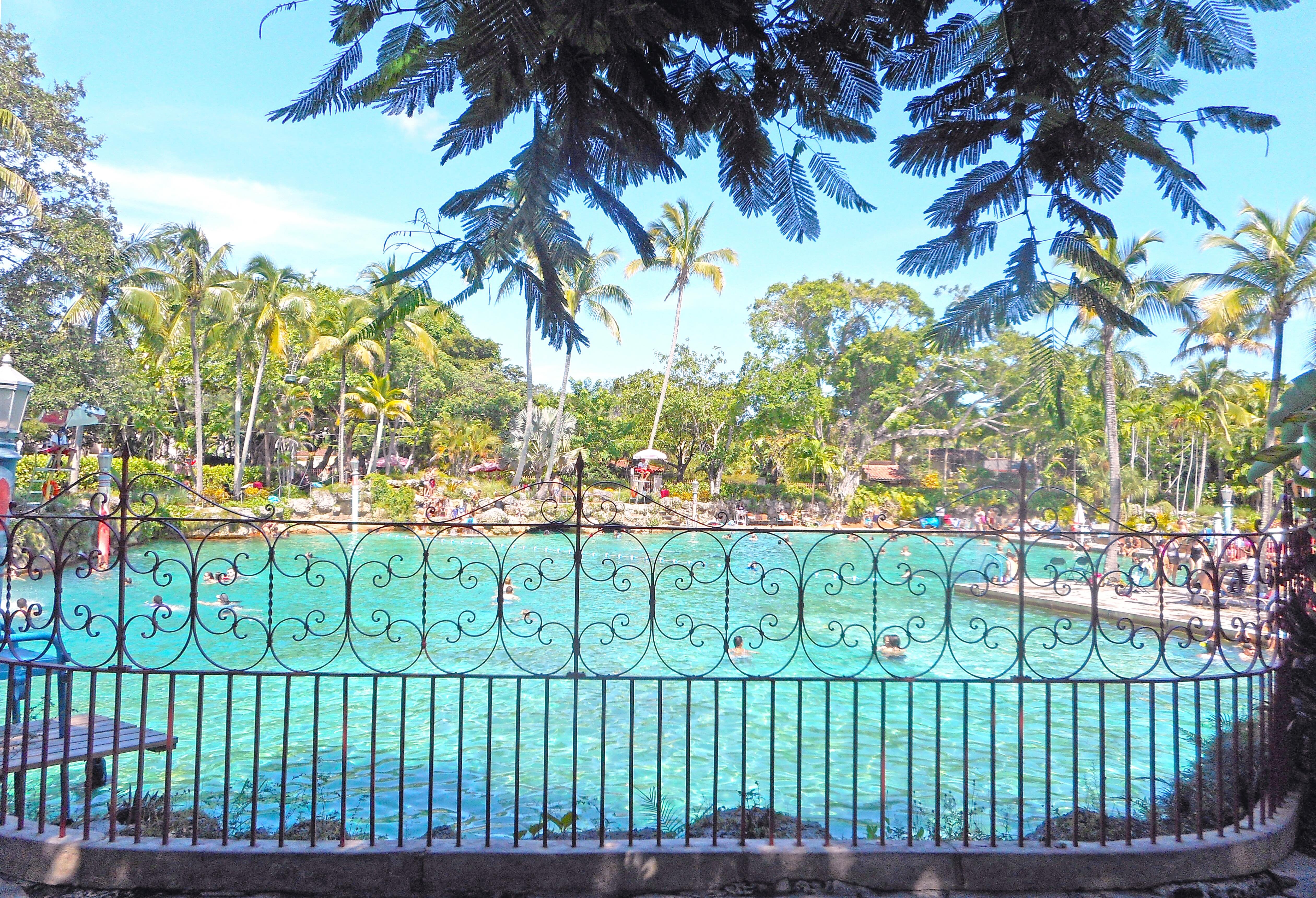
In 1924, nestled in the heart of Coral Gables, George Merrick (godfather of the Gables) took an abandoned coral rock quarry and turned it into what is now the only swimming pool in the National Register of Historic Places, Venetian Pool. This mediterranean-inspired gathering hole featuring cascading waterfalls, stone bridges, and vibrant, fresh water has kept Miamians cool in the summer for over 100 years.
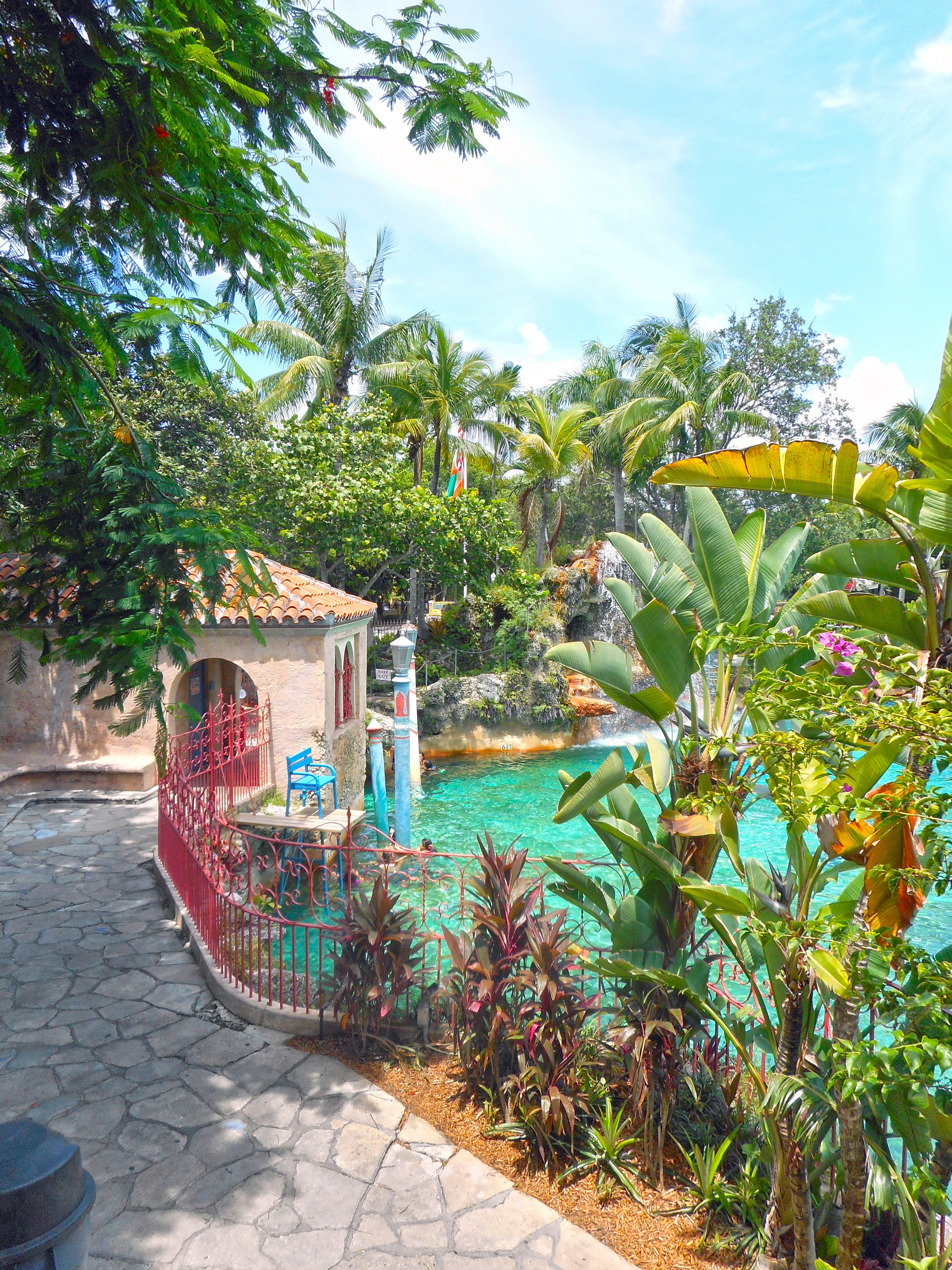
At a time, Venetian Pool featured docked Venice-style gondolas, and would be drained regularly to hold performances by the Miami Symphony.
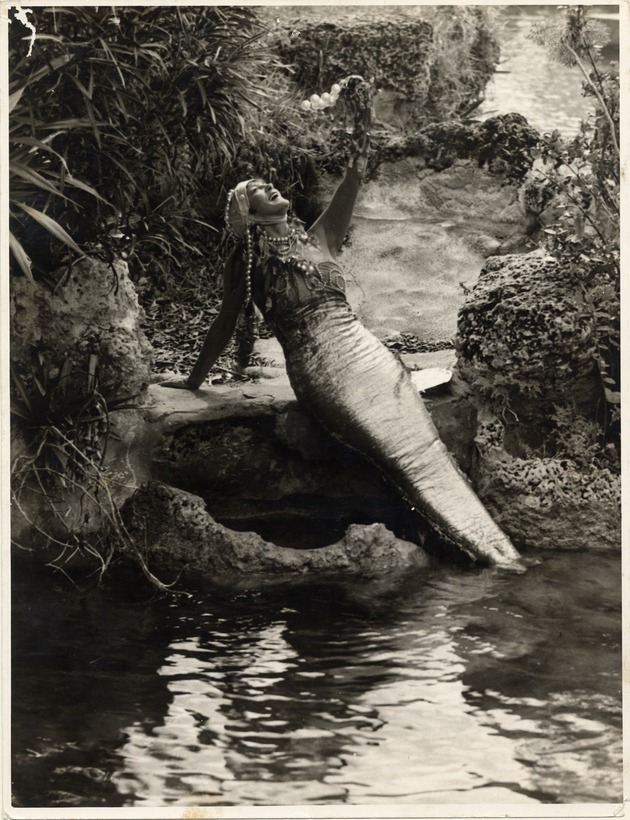
In 1925, Australian swimmer Annette Kellerman dressed up as a mermaid and posed for a picture published in the Coral Gables News Bureau which set off what is now a century old rumor spread amongst kids of real mermaids living in Venetian.
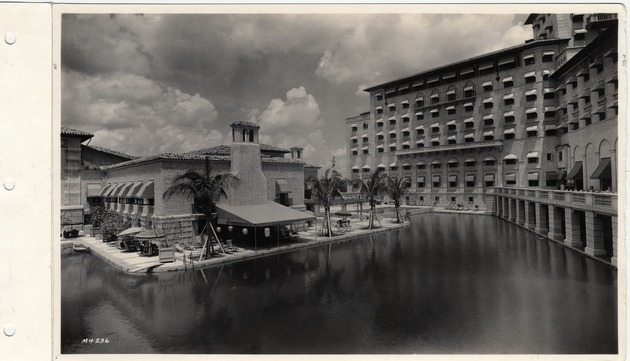
In the height of the Florida land boom, just two years after finishing the development of the Venetian Pool, George Merrick partnered up to build the Miami Biltmore Hotel. Before it became the wedding venue of choice for every girl you went to high school with, the Biltmore Hotel held the record for having the largest swimming pool in the world. This pool followed the classic Spanish design that defined Florida during this era and was said to have refreshed the likes of Al Capone, Judy Garland, and a Roosevelt or two. Following the 1926 hurricane that flattened South Florida and the aforementioned land boom at once, the Biltmore picked up revenue by hosting synchronized swimmers and less glamorous but more floridian, alligator wrestling. (We, too, lament that we couldn't find an image to support this aspect of the Biltmore's history.)
As swimming pools became more common in Florida homes, their design became more standardized, ditching the intricacy seen in earlier styles. Alex Proba’s Miami pool installation is almost as admirable as the decision to install it in the first place.
Over the last few decades, architecture and design in South Florida have taken a sharp turn toward sleek minimalism, abandoning the Spanish Revival and Art Deco styles that once defined it. Proba’s mosaic might signal a pendulum swing away from resale-safe choices and toward more inspired design.
Simultaneously, her notion that something as grand as a pool can be seen as a forgotten space for creativity serves as an invitation to look beyond the obvious for beauty.
.jpg)
Read more about Studio Proba's Fernandez residence commission on Architectural Digest.

.svg)

.png)



